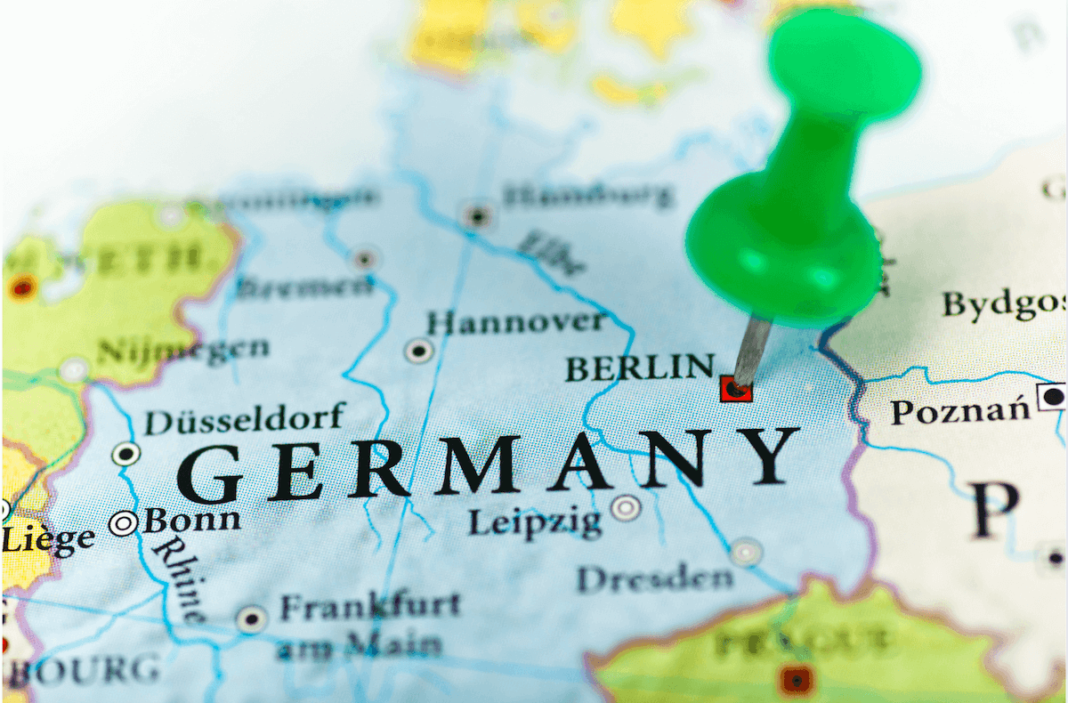The state of Germany, celebrated for its rich culture and breathtaking landscapes, is divided into 16 federal regions. These regions, each unique in its own right, embody the diversity of Germany’s history, traditions, and innovations. Whether you’re a tourist or an expat, understanding the states of Germany will help you appreciate the country’s regional flavors, dialects, and attractions. Let’s explore these incredible regions and uncover why they’re worth visiting today.
Table of Contents
1. Bavaria: A Land of Tradition and Natural Beauty

Bavaria, the largest of the states of Germany, is known for its alpine landscapes, fairy-tale castles, and rich traditions. Visitors flock to Munich, Bavaria’s capital, to experience Oktoberfest, tour Marienplatz, and visit the BMW Museum. Don’t miss Neuschwanstein Castle, a real-life inspiration for Disney’s Sleeping Beauty castle.
Key Attractions
- Neuschwanstein Castle
- Zugspitze (Germany’s highest peak)
- Nuremberg Old Town
- Bavaria (Bayern): https://www.bayern.de
- Public Holidays in Bavaria Discover the Complete List
2. Berlin: The Cultural Heart of Germany
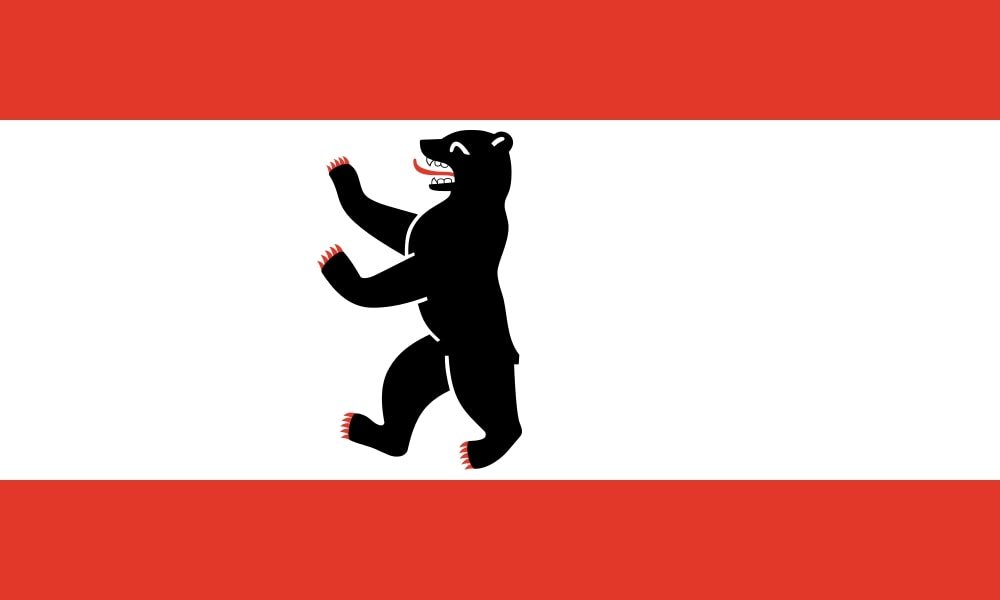
As Germany’s capital, Berlin blends history with modernity. It’s a hub for creatives, entrepreneurs, and historians. Famous landmarks like the Brandenburg Gate, the Berlin Wall, and Checkpoint Charlie tell stories of resilience and change.
Don’t Miss
- Museum Island (UNESCO World Heritage Site)
- East Side Gallery
- Berlin TV Tower
- Berlin: https://www.berlin.de
- Public Holidays Berlin: Incredible Dates to Plan Your Year: Don’t Miss It
3. Hamburg: Germany’s Maritime Capital
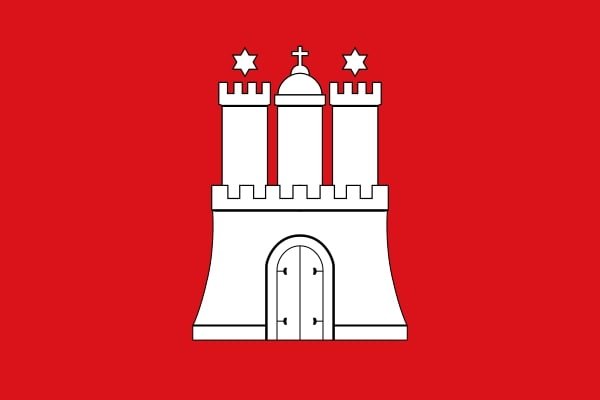
Hamburg is Germany’s major port city and connects the country to the world. Key attractions include the Elbphilharmonie concert hall and Speicherstadt, the largest warehouse district in the world. Visitors to Hamburg can enjoy lively nightlife on the Reeperbahn, take scenic boat tours, and see a mix of historic and modern buildings.
Top 5 Things to Visit in Hamburg
- Elbphilharmonie: An architectural masterpiece offering world-class concerts and breathtaking views of the harbor.
- Speicherstadt: The world’s largest warehouse district, a UNESCO World Heritage site with canals and museums.
- Miniatur Wunderland: The largest model railway exhibition in the world, captivating visitors of all ages.
- St. Michael’s Church (Michel): A baroque-style church with a stunning view of Hamburg from its tower.
- Reeperbahn: Hamburg’s entertainment district, known for its vibrant nightlife and cultural attractions.
4. Baden-Württemberg: Germany’s Innovation Hub

Located in southwest Germany, Baden-Württemberg is one of the states of Germany. It is renowned for the Black Forest, Lake Constance, and Stuttgart, which is known for Mercedes-Benz and Porsche. This region is a paradise for hikers and food lovers, offering a unique blend of natural beauty and innovation.
Highlights
- Black Forest (famous for cuckoo clocks and Black Forest cake)
- Heidelberg Castle
- Lake Constance
- Baden-Württemberg: https://www.baden-wuerttemberg.de
- Holidays in Baden-Württemberg, Germany: Complete List
5. North Rhine-Westphalia: Germany’s Economic Powerhouse
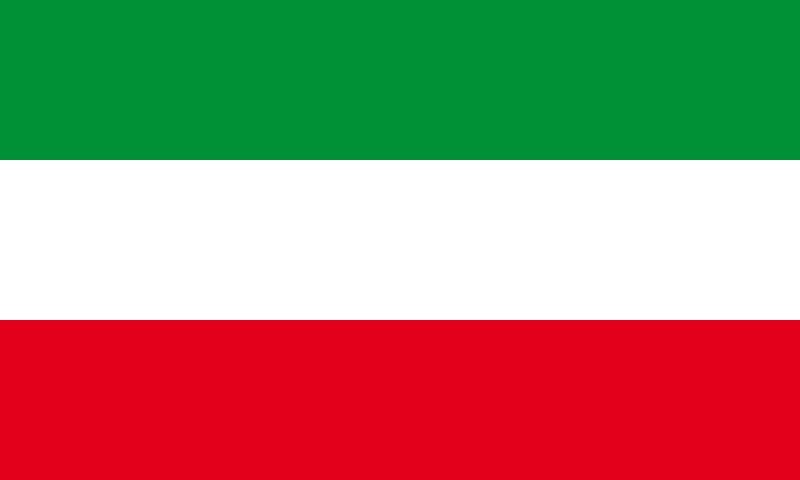
North Rhine-Westphalia, Germany’s most populous state, is known for its significant contributions to industry and culture. The region is home to major cities such as Cologne, Düsseldorf, and Bonn, each offering a rich array of attractions. Visitors can explore world-class museums, enjoy a vibrant nightlife, and admire stunning cathedrals that reflect the state’s historical and architectural heritage.
Top Experiences
- Cologne Cathedral
- Rhine River cruises
- Düsseldorf’s Old Town (Altstadt)
- North Rhine-Westphalia (Nordrhein-Westfalen): https://www.land.nrw
- Public Holidays in Rhine-Westphalia! Discover the Complete List
6. Saxony: The Land of Art and Music

Saxony is an important state in Germany known for its artistic history. It has beautiful baroque buildings and a strong musical tradition, especially in the cities of Dresden and Leipzig. These cities show Saxony’s rich culture and charm, making it an interesting place for art lovers.
Saxony’s Gems
- Zwinger Palace
- Leipzig’s Opera House
- Saxon Switzerland National Park
- Saxony (Sachsen): https://www.sachsen.de
- Public Holidays Saxony
7. Schleswig-Holstein: Gateway to the Seas
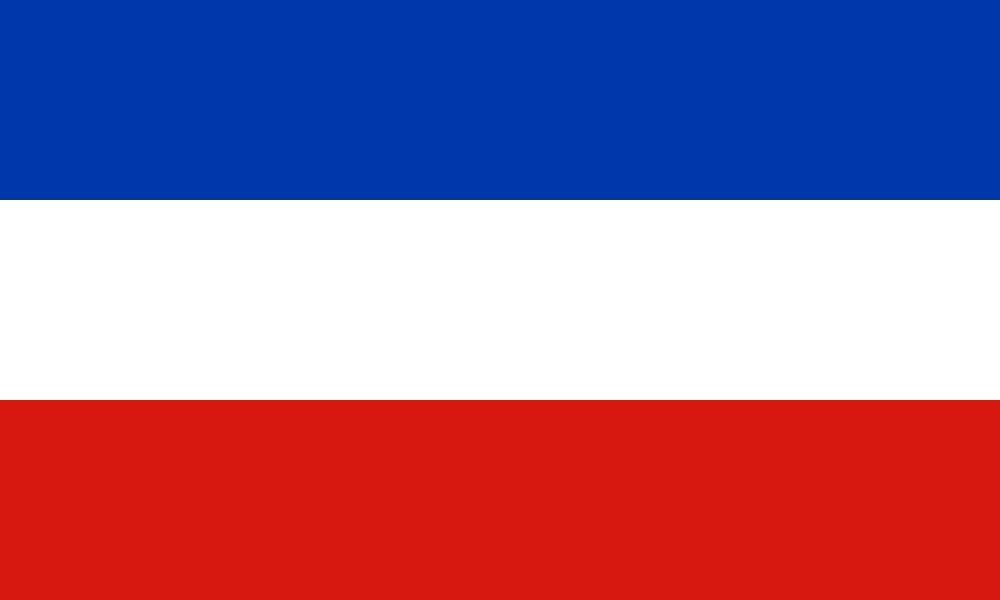
Schleswig-Holstein is located between the North Sea and the Baltic Sea, featuring stunning coastlines and a rich maritime atmosphere. Notable highlights in the region include Kiel, renowned for its sailing events, and the Wadden Sea National Park, both essential destinations for visitors.
Notable Attractions
- Sylt Island
- Lübeck Old Town (UNESCO site)
- Kiel Week (annual sailing regatta)
- Schleswig-Holstein: https://www.schleswig-holstein.de
8. Hesse: Home of the Financial Hub

Hesse, one of Germany’s states, is where tradition meets modernity. Frankfurt, Germany’s financial center, boasts skyscrapers and a rich cultural scene. Meanwhile, smaller towns like Wiesbaden and Kassel offer thermal spas and art collections, showcasing the state’s diverse appeal.
Key Highlights
- Frankfurt’s Skyline
- Wiesbaden’s Thermal Baths
- Bergpark Wilhelmshöhe (UNESCO World Heritage Site)
- Hesse (Hessen): https://www.hessen.de
- Public Holidays In Hesse, Germany: A Complete guide don’t miss it
9. Rhineland-Palatinate: The Wine Lover’s Paradise

Known for its vineyards and medieval castles, Rhineland-Palatinate is one of the states of Germany and a haven for wine enthusiasts. The region’s annual wine festivals are a delight for both locals and visitors.
Must-See Spots
- Moselle Valley
- Lorelei Rock
- Eltz Castle
- Rhineland-Palatinate (Rheinland-Pfalz): https://www.rlp.de
- Public Holidays Rhineland-Palatinate
10. Lower Saxony: Where History Meets Natural Splendor
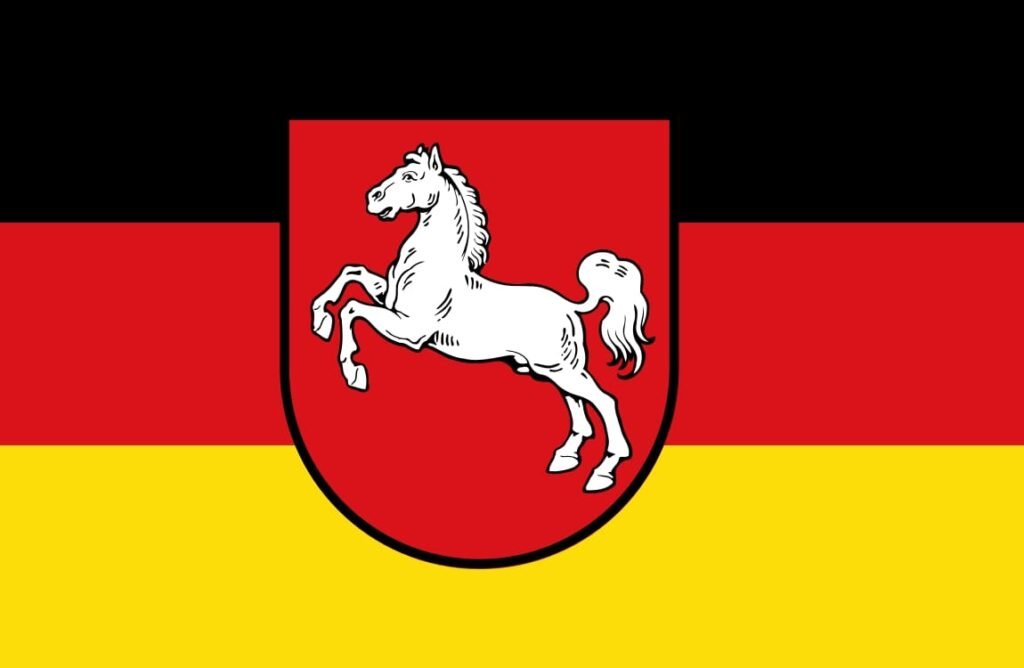
Known for the Harz Mountains, Lower Saxony is a state of Germany and a haven for outdoor enthusiasts. Hannover, the capital, hosts the world-famous Hannover Messe trade fair and offers lush gardens like Herrenhausen. The Harz Mountains feature medieval towns, dense forests, and ski resorts, making it a year-round destination for travelers seeking adventure and tranquility.
Top 5 Things to Visit in Lower Saxony
- Herrenhausen Gardens: A stunning baroque-style garden located in Hannover.
- Harz Mountains: A picturesque region perfect for hiking, skiing, and exploring medieval towns.
- Autostadt Wolfsburg: A must-visit for car enthusiasts, showcasing the world of Volkswagen.
- Lüneburg Heath: A breathtaking natural reserve known for its purple heather blooms.
- Celle Old Town: A charming area featuring half-timbered houses and the Renaissance-style Celle Castle.
- Lower Saxony (Niedersachsen): https://www.niedersachsen.de
11. Thuringia: The Green Heart of Germany
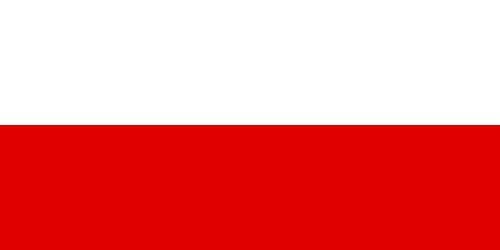
Thuringia, often called the “Green Heart of Germany,” is one of Germany’s states known for its dense forests and historic significance. It is the birthplace of Johann Sebastian Bach and Martin Luther. Key highlights include Wartburg Castle, where Martin Luther translated the New Testament, and the charming cultural hub of Weimar, celebrated for its classical heritage and literary legends.
Top 5 Things to Visit in Thuringia
- Wartburg Castle: A UNESCO World Heritage site where Martin Luther translated the New Testament.
- Weimar: The cultural hub known for its literary legends, including Goethe and Schiller.
- Erfurt Cathedral: A magnificent Gothic cathedral and the site of many historical events.
- Thuringian Forest: A natural paradise perfect for hiking, cycling, and winter sports.
- Buchenwald Memorial: A sobering and important historical site near Weimar.
- Thuringia (Thüringen): https://www.thueringen.de
12. Saxony-Anhalt: A Journey Through Time and Faith
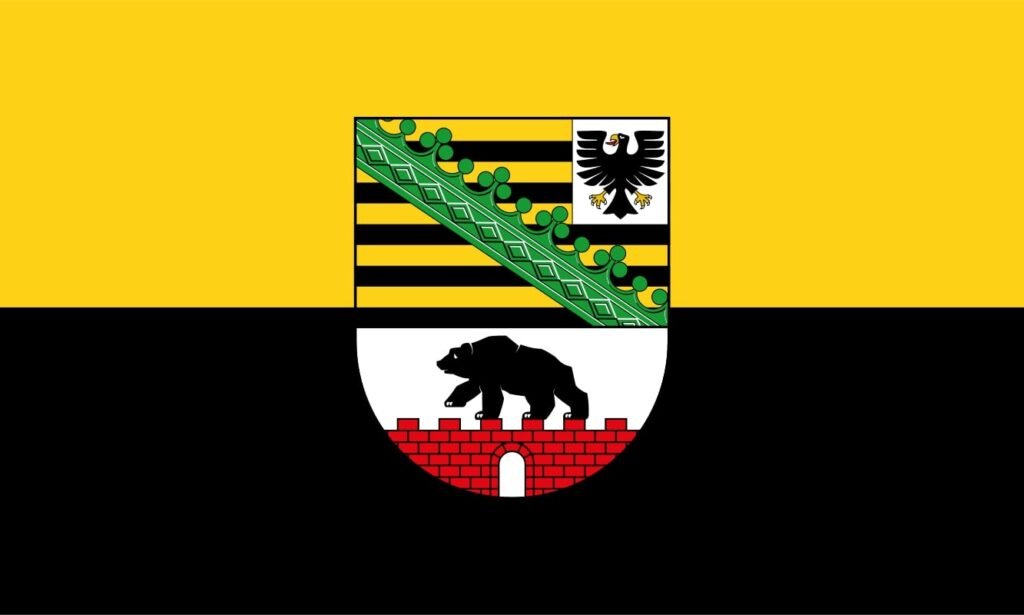
Saxony-Anhalt is a region rich in history and culture, making it an excellent destination for anyone interested in the past. One of its highlights is Wittenberg, famous for being the place where Martin Luther posted his 95 Theses, an act that played a crucial role in starting the Reformation. Magdeburg, another city in the area, impresses visitors with its stunning Gothic and Baroque buildings.
You can also follow the Romanesque Road, a beautiful route lined with medieval churches and abbeys that showcase the area’s historical heritage. Additionally, Saxony-Anhalt is home to important UNESCO World Heritage Sites, such as the Bauhaus in Dessau and the Luther Memorials, which offer a deeper insight into its cultural significance.
Top 5 Things to Visit in Saxony-Anhalt
- Wittenberg: Visit the site where Martin Luther posted his 95 Theses, a key moment in the Reformation.
- Magdeburg Cathedral: A stunning Gothic cathedral and one of Germany’s oldest.
- Bauhaus Dessau: Explore this UNESCO World Heritage site, a hub of modernist architecture.
- Quedlinburg: A medieval town with over 1,000 half-timbered houses, also a UNESCO World Heritage site.
- Romanesque Road: Discover a route filled with historic abbeys, churches, and castles.
- Saxony-Anhalt (Sachsen-Anhalt): https://www.sachsen-anhalt.de
- Public Holidays Saxony-Anhalt – Germany! A Complete list don’t miss it.
13. Mecklenburg-Western Pomerania: Where Nature Meets the Sea
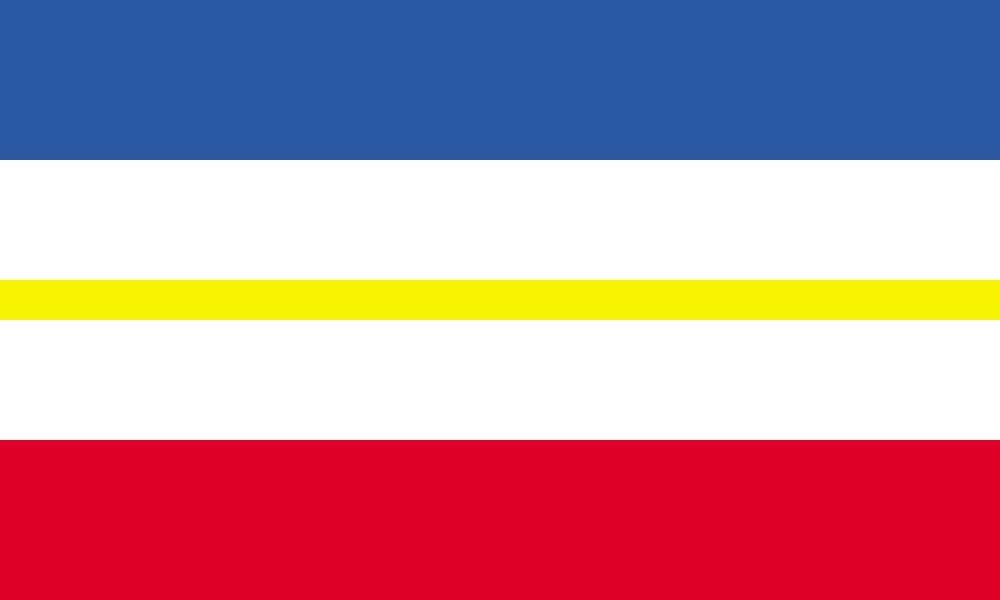
Renowned for its stunning Baltic Sea coastline, Mecklenburg-Western Pomerania is one of the states of Germany and a nature lover’s paradise. Rügen Island, with its iconic chalk cliffs and seaside resorts, is a highlight. The region also offers historic towns like Stralsund, with its Gothic architecture, and charming beachside villages that promise relaxation.
Top 5 Things to Visit in Mecklenburg-Western Pomerania
- Rügen Island: Famous for its iconic chalk cliffs and seaside resorts, it is perfect for nature enthusiasts and photographers.
- Stralsund Old Town: A UNESCO World Heritage site known for its stunning Gothic brick architecture.
- Wismar: Another UNESCO-listed gem with a beautiful harbor and medieval market square.
- Müritz National Park: A haven for wildlife lovers, offering hiking, cycling, and boating opportunities.
- Ahrenshoop Artists’ Colony: A picturesque village with galleries, art studios, and breathtaking coastal views.
- Mecklenburg-Western Pomerania (Mecklenburg-Vorpommern): https://www.mecklenburg-vorpommern.de
- Holidays in Mecklenburg-Vorpommern, Germany: A Complete Guide
14. Bremen: The Fairy Tale State

Bremen, one of Germany’s states, is famed for the Bremen Town Musicians, a fairy tale immortalized in a beloved statue. The old town boasts the UNESCO-listed Bremen Market Square, featuring the iconic Roland Statue and stunning Gothic architecture. Bremen’s maritime history comes alive in the harbor district and at the German Maritime Museum.
Top 5 Things to Visit in Bremen
- Bremen Market Square: A UNESCO World Heritage site featuring stunning Gothic architecture and the iconic Roland Statue.
- Bremen Town Musicians Statue: A must-see for fairy tale enthusiasts, immortalizing the Brothers Grimm tale.
- Schnoor Quarter: Bremen’s oldest district, known for its narrow streets and charming medieval houses.
- Universum Bremen: A fascinating science museum offering interactive exhibits for all ages.
- Bürgerpark: A serene park perfect for relaxing, walking, or enjoying a boat ride.
- Bremen: https://www.bremen.de
15. Brandenburg: Tranquility Near the Capital

Known for its natural beauty and royal heritage, Brandenburg is one of the states of Germany that surrounds Berlin but provides a serene escape. Potsdam’s Sanssouci Palace, a UNESCO World Heritage site, is a must-see. The region’s lakes and sprawling forests make it ideal for outdoor enthusiasts and history lovers.
Top 5 Things to Visit in Brandenburg
- Sanssouci Palace and Park: A UNESCO World Heritage site, this stunning royal retreat in Potsdam is a must-see for history lovers.
- Spreewald Biosphere Reserve: A serene area of canals perfect for kayaking, cycling, and exploring nature.
- Brandenburg Gate in Potsdam: This gate is not to be confused with Berlin’s; it has its own unique charm and history.
- Wannsee Lake: A favorite spot for locals and tourists to relax, swim, or enjoy a boat ride.
- Cecilienhof Palace: The site of the Potsdam Conference, this palace is rich in historical significance and architectural beauty.
- Brandenburg: https://www.brandenburg.de
- Public Holidays Brandenburg
16. Saarland: France’s Neighbor with German Flair
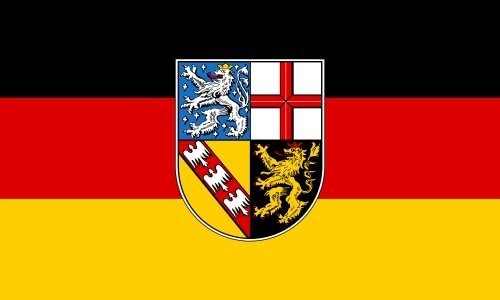
Saarland, one of Germany’s states, seamlessly blends German and French influences. The Saar Loop, a breathtaking bend in the Saar River, offers stunning views and hiking trails. Saarbrücken, the capital, charms visitors with its Baroque architecture and vibrant cultural scene.
Top 5 Things to Visit in Saarland
- Saar Loop (Saarschleife): A breathtaking bend in the Saar River offering panoramic views and hiking trails.
- Völklingen Ironworks: A UNESCO World Heritage site showcasing industrial history and cultural exhibits.
- Saarbrücken Castle: A baroque-style castle that hosts museums and provides insight into regional history.
- Bliesgau Biosphere Reserve: A UNESCO biosphere reserve perfect for nature enthusiasts and birdwatching.
- Mettlach Abbey: A historic site known for its beautiful architecture and the world-famous Villeroy & Boch ceramics.
Conclusion
The states of Germany offer an incredible array of experiences, from alpine adventures in Bavaria to cultural deep dives in Berlin. Each state’s unique charm makes Germany a truly fascinating country to explore. Whether you’re drawn to history, nature, or modern innovation, the states of Germany have something for everyone. Start planning your journey through these regions today!
FAQs
What are the largest and smallest states of Germany?
Bavaria is the largest state, while Bremen is the smallest.
2. Which state is the most populous?
North Rhine-Westphalia is the most populous state in Germany.
3. What is the capital of Germany?
Berlin, also one of the 16 federal states, is Germany’s capital.
How many states are in Germany?
Germany consists of 16 federal states, each with its government and unique cultural and historical significance.

